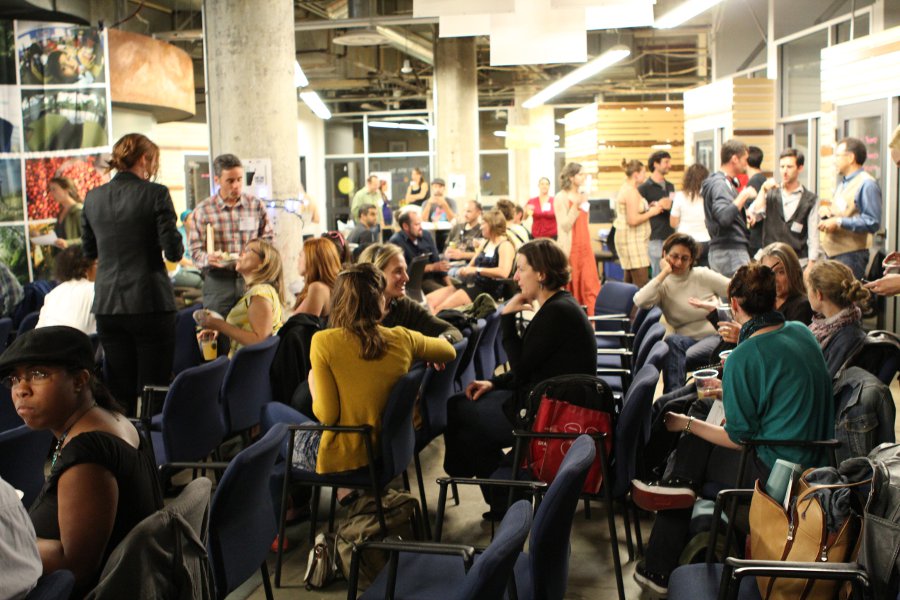October 28, 2011


SAN FRANCISCO — A Green Living Project showcase features six short films focused on sustainability and conservation as shown through the lives of indigenous communities in Nicaragua, Belize, Guatemala, and Mexico, as well as conservation efforts in Illinois and New Mexico. GLP also has a student film competition open until December.
[nggallery id=28 template=carousel images=8][imagebrowser id=28] By Debra Atlas SAN FRANCISCO — Movies can lift our spirits and pull at our emotions. The short films that Green Living Project (GLP) produces, however, aim to motivate, inspire, and influence, according to Rob Holmes, GLP’s founder and president. Since 2007, GLP produced 65 short films in 17 countries about sustainability programs, eco-tourism, wildlife conservation, community development, and education.
GLP hosted its second annual film premiere at the Hub SoMa in San Francisco on October 22 in partnership with Presidio Graduate School. This showcase featured six short films focused on sustainability and conservation as shown through the lives of indigenous communities in Nicaragua, Belize, Guatemala, and Mexico, as well as conservation efforts in Illinois and New Mexico. Strong messages shone through these films. Potters for Peace shows how clay pots made by women artisans in Nicaragua remove 99 percent of the bacteria in the water. This simple water filtration system creates potable clean water for the people of their country. In Finca Argovia, which focuses on a 120-year-old, world-class coffee plantation, the shade coffee trees grown create a unique and diverse ecosystem. The Guatemalan film Semilla Nueva examines the question of how to help lift poor farmers out of poverty via the promotor program, where designated farmers become spokespersons to promote a sustainable agriculture system, which in turn will help establish food security. Spanish Creek Rainforest Preserve shows organic farming coexisting side by side with agroforestry in Belize. Bamboo is raised, harvested, and turned into products that help the people feed themselves. The two US-based films were Lincoln Park Zoo, which was about wildlife and conservation in this country’s oldest public zoo, and Ecotourism in New Mexico, featuring a sustainable eco-tourism pilot program in Taos, New Mexico. In addition to the film screenings, several presenters spoke at this fascinating event. Bill Shutkin, the president and CEO of Presidio Graduate School, spoke about his goal that the school become the go-to hub for sustainability, competing equally with more-established schools. Nikhil Arora, co-founder of Back to the Roots, which produces a do-it-yourself mushroom kit, recalled how the idea for mushrooms grown in used coffee grounds came about, how it’s grown from one bucket to producing 500 pounds of gourmet oyster mushrooms per week, and its recent retail launch at Whole Foods nationwide. Another highlight of the evening was Green Living Project’s Student Film Project, an opportunity for students with short creative films which tell a unique, compelling story about a local or global sustainability project or initiative to be seen. The upcoming competition submission deadline is December 6. Green Living Project hosts a number of educational programs, including its free curriculum to students and teachers on sustainability, events, and school presentations and its mobile sustainability tours. For more details on GLP’s curriculum, contact [email protected]. For information on participating in GLP mobile tours, contact [email protected]. Check out more articles by Debra Atlas.© 2011 SCGH, LLC.
]]>